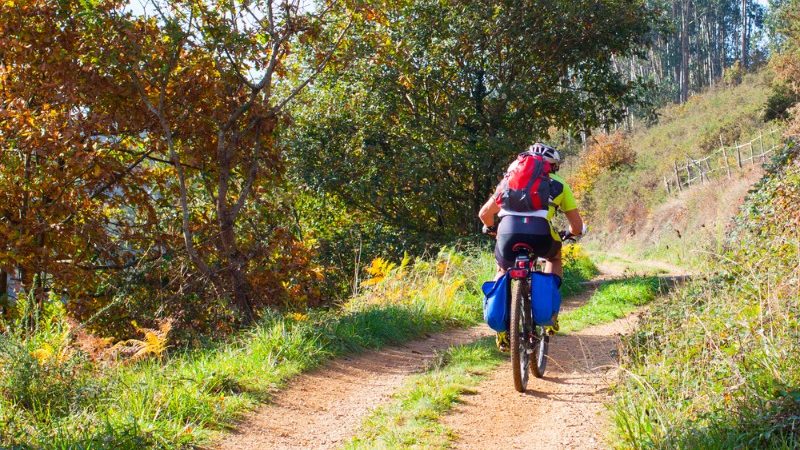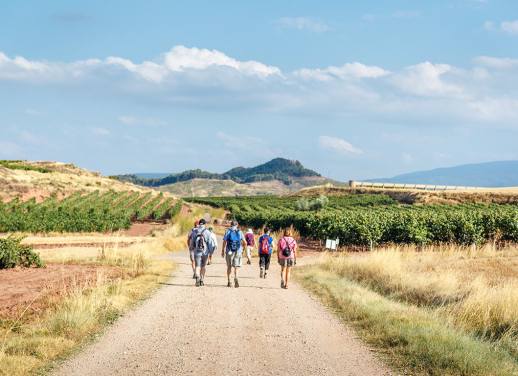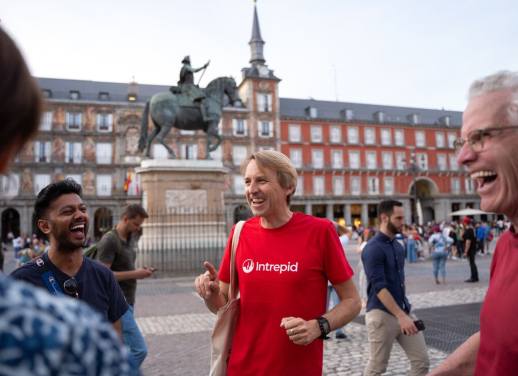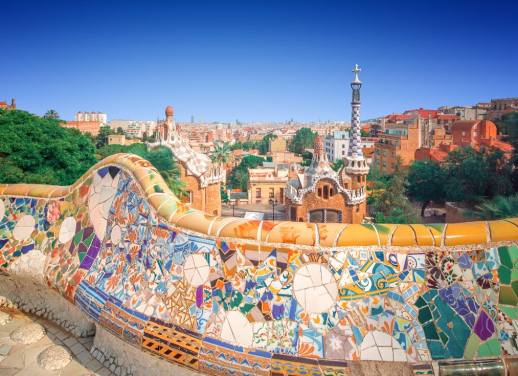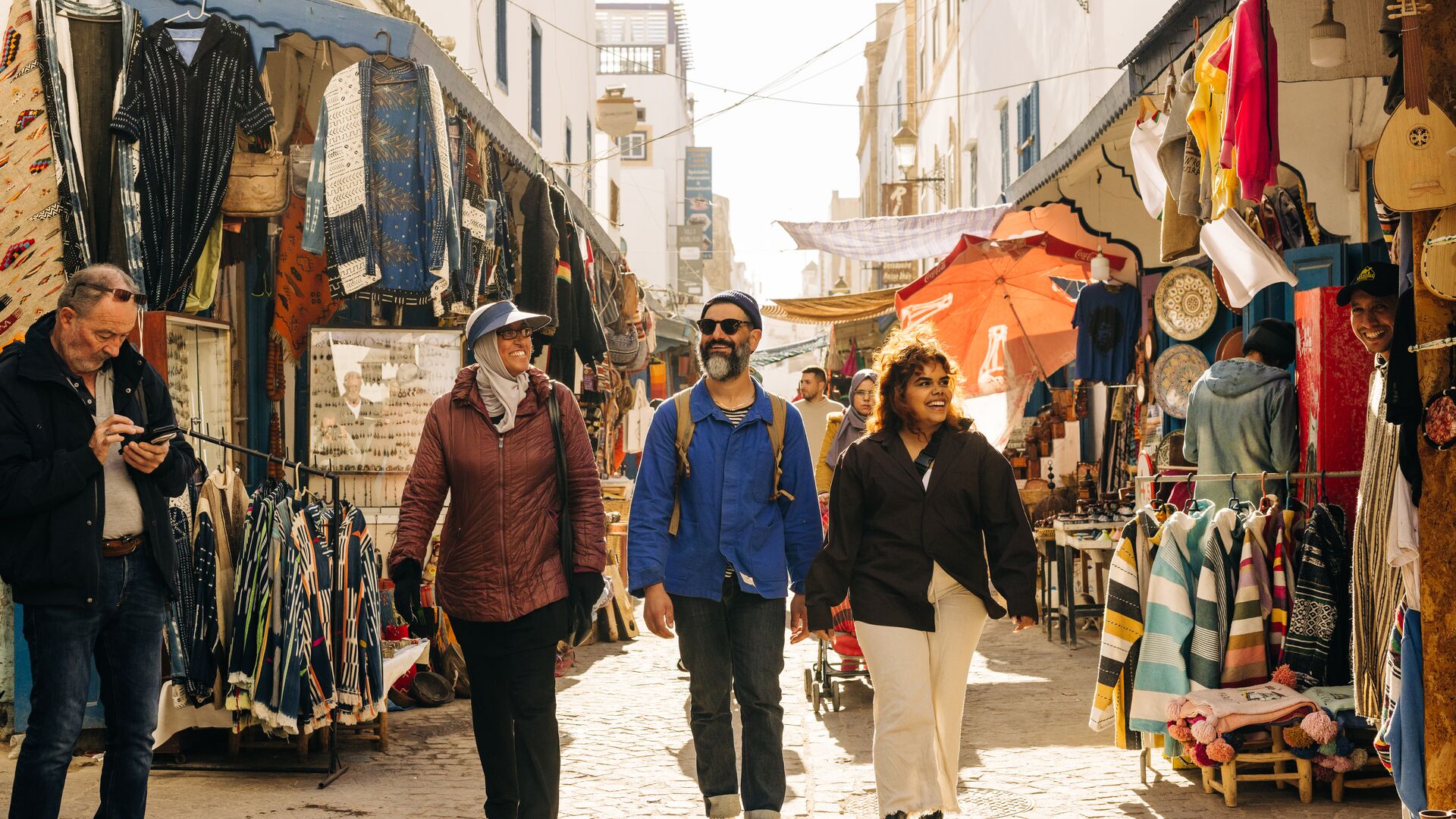People have been walking the Camino de Santiago trail for over 1000 years. But for most of that 1000 years, the walking bit was necessary. Foot-sore pilgrims couldn’t always afford a horse, so they’d plod from their front door to the shrine of Saint James in Galicia (traditionally, the Camino pilgrimage was from wherever you lived all the way to Santiago de Compostela).
Obviously we’re not limited to hoofing it anymore, but the tradition stuck, and the vast majority of Camino ‘pilgrims’ now do the trek on foot. In 2016, over 250,000 people got their Compostela certificates, and 92% of them were walkers.
But you know what the other 8% did? They cycled.
Why it’s better to cycle the Camino
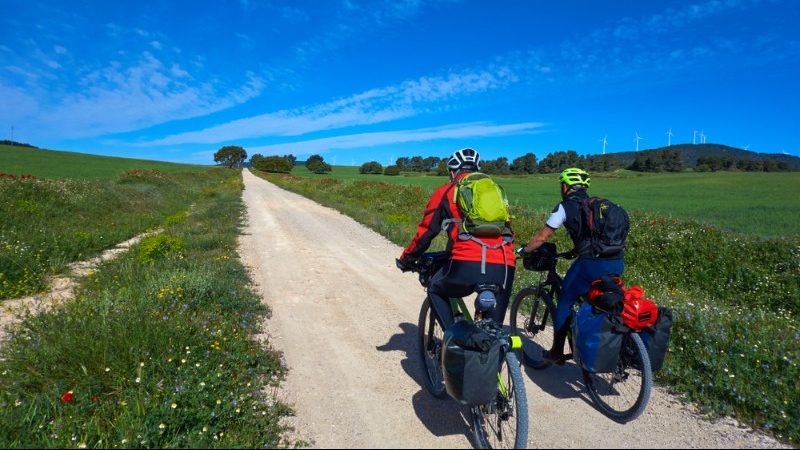
Pedal power on the Camino. Photo by Tono Balaguer
Walking the Camino might be special, but it’s not exactly unique. Hundreds of thousands of people do it every year. Cycling the Camino? That’s much rarer.
Turns out there are also practical benefits to pedal power. Here’s a few reasons you should cycle the Camino de Santiago instead.
1. You get more time
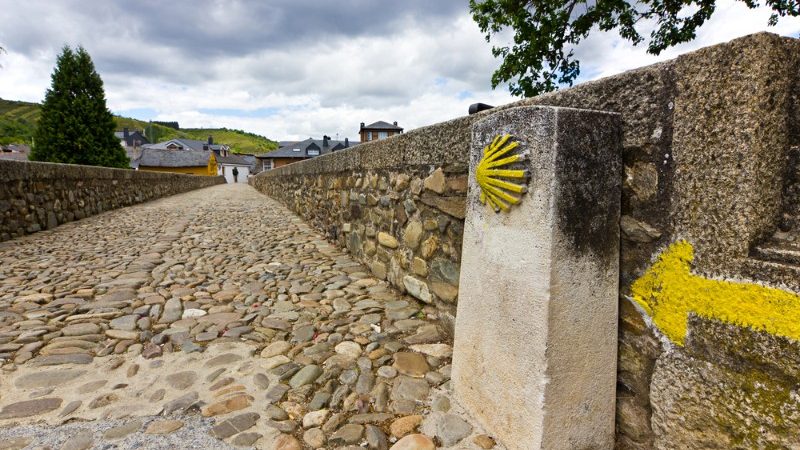
Photo by AdrianNunez
The big one. Walking means you’ll probably stumble into Palas de Rei, Samos and O Cebreiro towards evening (probably bone-tired and with some truly epic blisters). By cycling, you can speed things up, often arriving at your nightly destination with plenty of time to relax. Take a steamy shower (before the hostel hot water runs out) and have a snooze. Or even better, find yourself a café in the main square, order a red wine and wait for the pilgrims to come walking in.
EXPLORE OUR FULL RANGE OF CYCLING ADVENTURES HERE
2. It’s easier on your legs
Depending on the size of your hamstrings, this one varies from person to person. Cycling the Camino is certainly easier on your joints (for a full fitness breakdown, check our tips below). Cycling uphill might be hard, but trekking 100 kilometres over undulating terrain is tough on knees and ankles. Leave the walking poles at home and let your wheels take the weight instead.
3. You can explore off the trail
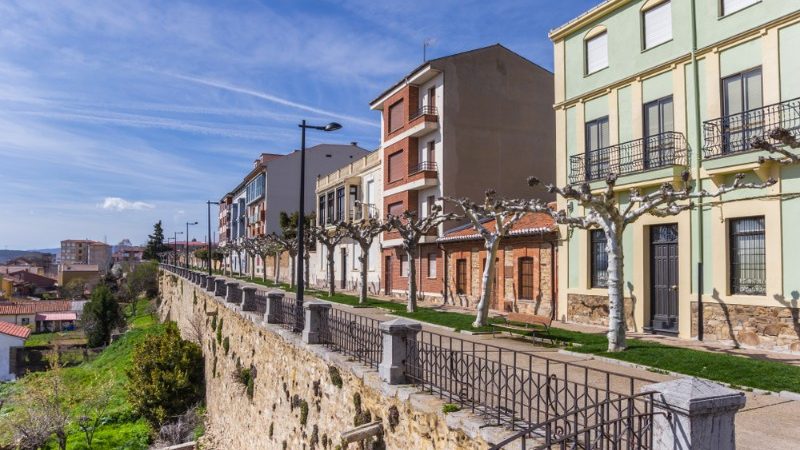
Houses along the Old City wall in Astorga. Photo by Marc Venema
The Camino is beautiful, but it’s quite linear. Most travellers hit the major towns (Pampolona, Burgos, Leon etc) and pretty much follow the same well-worn path. Because you can cover more ground by cycling, you can branch out, hitting smaller towns that most ‘pilgrims’ never get to see. Places like the ruined castle of Clavijo (18 kilometres south-west of Logroño) or the Santo Domingo de Silos monastery near Burgos. Reaching these detours on foot can add days to your trip. On a bike? Maybe a few hours.
PREFER YOUR ADVENTURES A LITTLE LESS ACTIVE? CHECK OUT OUR SPAIN TOURS HERE
4. Cycling helps with overtourism
This is an important one. The success of the Camino as a tourist destination is great for the towns along the route, but it’s a little like building a freeway bypass: there are dozens of beautiful, historic towns just off the Camino that never see a single tourist dollar. A few extra minutes riding each day lets you stay in unspoiled and uncrowded villages, where your money can really help locals.
5. You’ll see more Camino
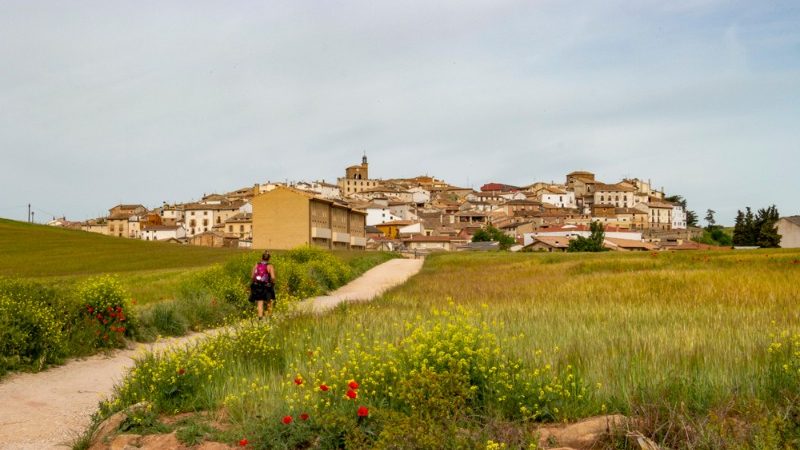
A lone hiker. Photo by Stanislava Karagyozova
The ultimate reason to cycle the Camino? You literally get more Camino for your dollar. A walking ‘pilgrim’ needs to walk a minimum 100 kilometres to get their Compostela certificate, and most people won’t walk much more than that (unless they’re hardcore masochists). To get your cycling certificate, you have to ride a minimum of 200 kilometres. That means you start from further away, in Leon. It’s a more rounded Camino experience, and it spreads the financial impact to where it’s needed most. You still get the beautiful (and very popular) towns at the end of the trail, but you’ll also get to see the landscape change.
SUBSCRIBE TO INTREPID’S NEWSLETTER FOR TRAVEL TIPS, COMPETITIONS, GIVEAWAYS & MORE
What you need to know before you cycle
1. You need to be relatively fit
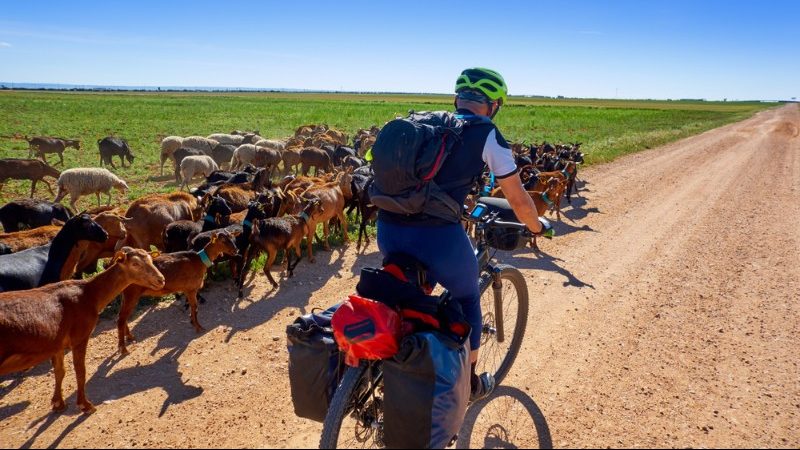
You might run into some kids along the way. Photo by Tono Balaguer
Our Cycle The Camino tour has a physical rating of 4/5, which means it requires a reasonable level of fitness. Partly this is down to sheer distance: you’re riding 200 kilometres over the course of the journey (the longest day’s ride is about 70 kilometres). You need to be comfortable with sitting in the saddle for between three and five hours every day. If you ride your bike to work, start taking a longer route. Or even better, a route with hills.
RELATED: WHAT I WISH I KNEW BEFORE MY FIRST CYCLING TRIP WITH INTREPID
2. Prepare for hills
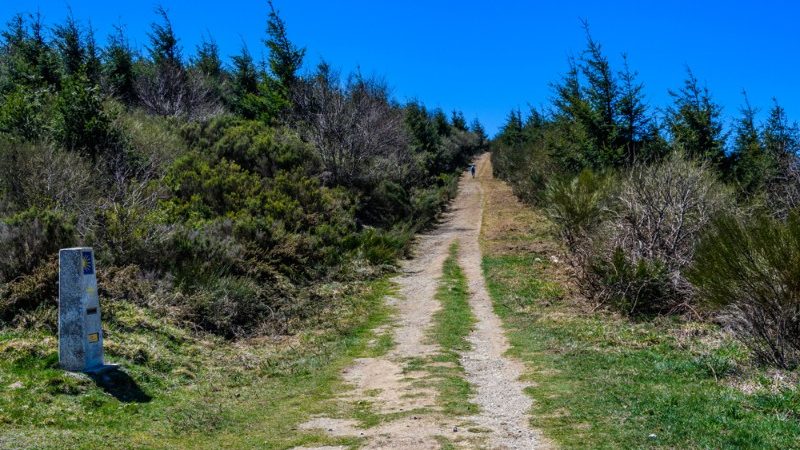
Photo by Gabor Kovacs Photography
Which brings us to Point #2. The Camino is an undulating, hilly, sometimes mountainous trail. Our route starts on the plains outside Leon, which are mostly flat, but soon you’ll be climbing and dipping towards O Cebreiro and the river valleys around Samos. It isn’t a never-ending uphill ascent, but it’s not flat either. The roads also vary between sealed tarmac and unsealed gravel.
3. What’s the food like?
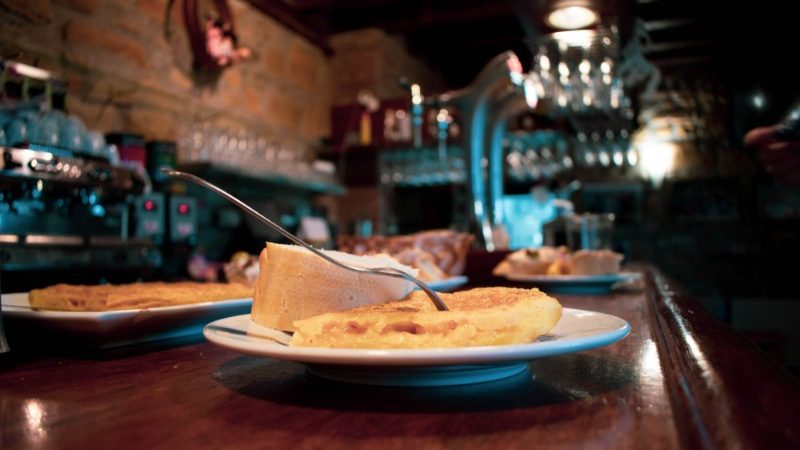
A quick snack at the pub. Photo by Martina Strihova
You’re in northern Spain! The food is delicious (we wouldn’t run a dedicated food trip up here if there was nothing to eat). You’ll find most towns along the Camino do something called the ‘Pilgrims Menu’, which usually includes a small bowl of pasta or salad, some chicken, fruit and yogurt. It’s quick, easy and delicious (and cuts down on food wastage). Of course, if you’d like to explore, eat garlic wild mushrooms, crush some tapas and drink a few glasses of Tempranillo, that can be arranged too. There’s some good info here if you’re looking for specific food tips.
RELATED: 10 NEW CYCLING TRIPS THAT SHOULD BE ON YOUR TRAVEL RADAR FOR 2019
4. How do I get my bike over there?
Like all Intrepid cycling tours, you can either fly your own bike, or just hire one on the ground. Our bikes are all proven brands, well maintained and specifically chosen for Camino conditions. Check out the FAQ on our Cycling Trips page for more info.
Interested in cycling Spain’s Camino de Santiago? Find out more about our 8-day cycling adventure along the famous trail here.
Feature photo by Jeanne Emmel.

